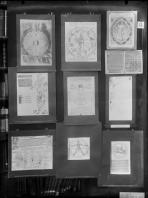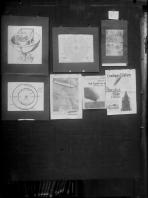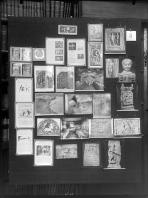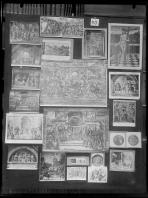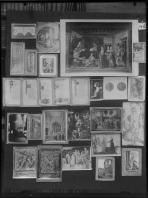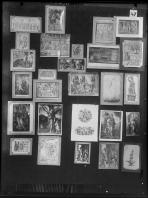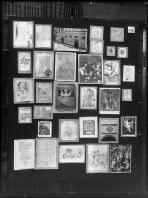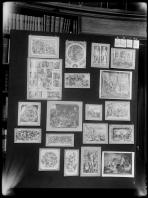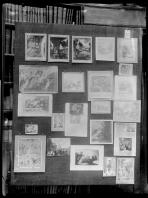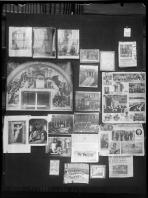The Pathos of the Baroque in the rape [of Proserpina]. Theater).
The Baroque style (and the violence or excess that Warburg often ascribed to it) is explored as Rubens and Rembrandt become significant combinatorial elements in Mnemosyne’s attempt to trace the “afterlife of antiquity.” Rubens’s Rape of Proserpina and other works by him or imitating him are juxtaposed with variations on the same theme by Tempesta and Moeyaert, and with illustrations for theatrical works by Vondel, Coster, and Struys. By contrast, Rembrandt's relatively early Rape of Proserpina offers, for all its theatricality, ornament, and violent motion, a unique solution to the problem of Baroque painterly expression. Here Warburg is drawing on material and insights described in his 1926 Rembrandt lecture.
Suggested readings